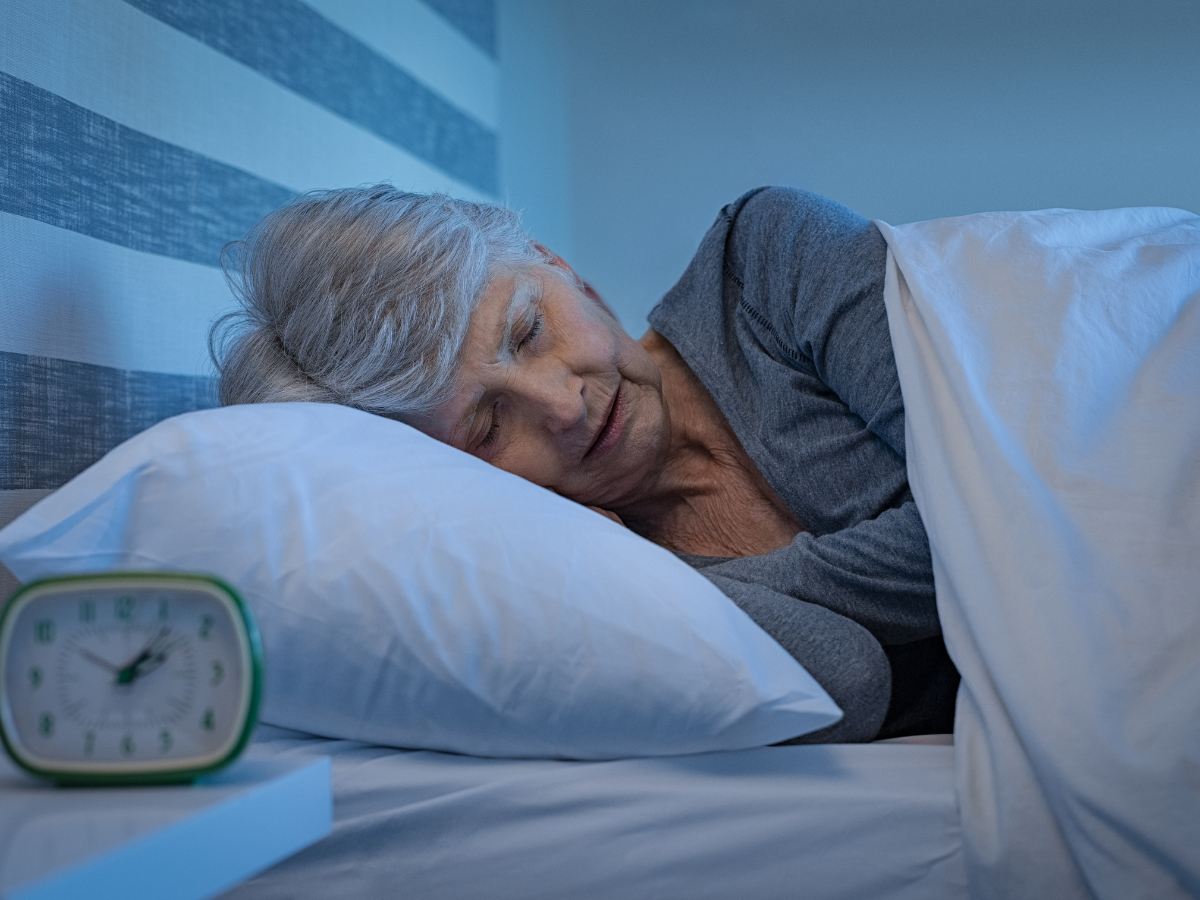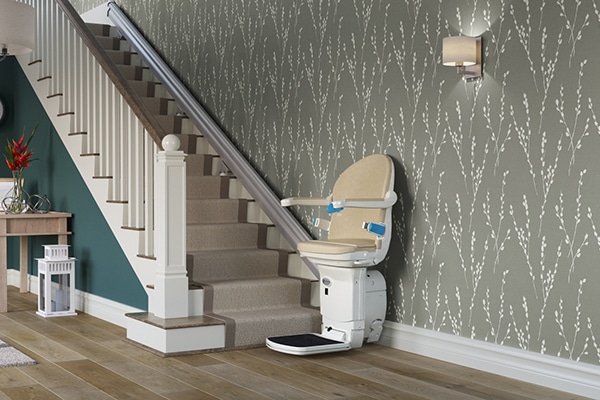The bathroom is a place where we start and end each day. It’s a room that is an absolute necessity for us all, so it goes without saying that it needs to be a safe place. The tough reality is, however, that a bathroom’s slippery and hard surfaces are often culprits for injury. This is especially true for children, seniors and individuals with mobility issues.
What are the most common bathroom injuries?
Slips and falls cause the most bathroom injuries.
Bathroom injuries can occur in a number of ways. However, slips and falls top the list of unfortunate bathroom incidents. People have been known to slip and fall in the shower and some lose balance when either getting up from or sitting down on the toilet. The Public Health Agency of Canada reports that falls are the nation’s leading cause of injury-related hospitalizations and injury deaths among people aged 65 or older.
“As the baby boom cohort ages, by 2040 older adults are projected to make up close to one-fourth of Canada’s population,” their website informs, “The pace of growth of the group aged 85 or older is expected to be particularly steep. Therefore, it is essential to monitor trends and burden of falls among Canadian older adults.”
Falls in the bathroom can result in bruises, sprains, fractures and even head injuries. To prevent slips and falls, you can install non-slip mats or adhesive strips in the bathtub or shower stall. As well, it’s always important to immediately wipe up spills to keep the floor dry. You should also install grab bars near the toilet and shower for added support, especially for elderly or disabled individuals.
Burns.
Hot water from taps and showers can cause burns. Parachute.ca explains that children and older adults are especially susceptible to burns in the bathroom. “A child’s skin is thinner and more sensitive than an adult’s skin,” informs the site, “Bath water temperature for younger children should be no hotter than 38 °C…Older adults and people with certain disabilities or medical conditions (such as diabetes) are also at high risk for tap water scalds. This is because their skin may not be able to feel heat quickly or because they can’t move away from hot water quickly.”
What’s the best way to prevent scalding injuries? Set your water heater thermostat to a maximum of 49°C. It’s also important to test the water temperature before bathing, especially if the bath is being drawn for young children or older adults. As well, use faucet covers or anti-scald devices. They will regulate water temperature and prevent accidental burns. Finally, be sure to educate your children about the dangers of hot water and always supervise them during bath time.
Remember, as well, that certain household cleaning products and toiletries stored in the bathroom can also cause burns. Many of them contain harsh chemicals that can cause skin irritation if not handled properly. It’s a must that you keep these products out of reach of children and pets. They should be stored in locked cabinets or high shelves. Always read and follow the instructions on the labels of cleaning products and never mix different chemicals. Not only are they dangerous for our skin but they can create toxic fumes.
Cuts and scrapes.
Most bathrooms are home to such objects as razors, scissors and nail clippers. As well, many bathroom fixtures such as glass shower doors, metal towel racks and shaving mirrors have sharp edges. To minimize the risk of cuts and scrapes, you should replace your glass shower doors with tempered glass. They are less likely to break into sharp pieces if shattered. It’s also wise to avoid placing any glass or metal objects near the edge of the bathtub or sink where they could easily fall and break.
MyHealth.Alberta.ca offers some tips for how to treat wounds at home. However, the website stresses the need to know when a cut may need stitches. “To determine whether you need stitches, stop the bleeding and wash the wound well,” the site instructs, “Then pinch the sides of the wound together. If the wound’s edges come together and it looks better, you may need stitches. If stitches may be needed, avoid using antiseptic until after a doctor checks the wound.”
Drowning.
This is the last thing you want to see happen in the bathroom. Although it isn’t very common, drowning in the bathtub should be avoided at all costs. For both young children and individuals with medical conditions, supervision should be mandatory, just in case they lose consciousness. Never leave a child unattended in the bathtub, even for a moment. Always supervise children and seniors with disabilities during bath time and ensure that they cannot access the bathroom unsupervised. Consider installing a safety lock on the bathroom door to prevent accidental entry.
MyHealth.Alberta.ca also insists that you keep the toilet seat down to protect toddlers. “Keep young children out of the bathroom without your direct supervision,” insists the site, “Make sure that your toddler knows that the toilet isn’t a toy. Toilets are drowning hazards, especially for children younger than 3. An older baby or young child can fall headfirst into the water and not be able to climb back out. Think about placing a latch on the bathroom door, out of reach of young children.”
Electrical shock.
At the risk of stating the obvious, water and electricity don’t mix. This is why it’s vital that your hair dryers, electric razors and curling irons are kept away from water sources. That might not be so easy when they are in use. However, to prevent electrical injuries, always unplug these devices when you’re done using them and keep them away from water. You may also wish to install ground fault circuit interrupters (GFCIs) in your bathroom to cut off power in the event of an electrical fault. This will reduce the risk of electric shock.
At Advantage Home Health Solutions, we offer a wide variety of bathroom safety products! They include commodes, bath chairs and bath boards, transfer benches, grab bars and raised toilet seats. Our team always ensures that you have the complete picture to make an informed decision. You’ll know all of the possible options so you can choose which solution is best for you. Please don’t hesitate to give us a call at 403-460-5438. You may also email us by filling out the form on our Contact page!




